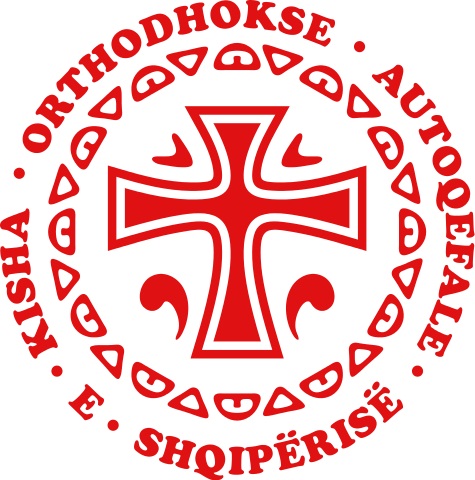In the verdant hills of the Balkans, amidst the whispering echoes of history, lies the Orthodox Autocephalous Church of Albania. This ecclesiastical body, a vibrant tapestry woven from the threads of faith and resilience, serves as a beacon of hope in a landscape marred by the shadows of communism. The story of this church is not merely one of survival; it is a profound testament to the regenerative power of faith in the face of adversity. Through a narrative that is as rich as the soil of its homeland, we delve into the intricate relationship between the church and society in the post-communist milieu.
The roots of the Orthodox Church in Albania trace back to the apostolic age, yet the modern era presents a striking contrast. The church, once a venerable institution, endured the onslaught of atheistic ideologies that sought to eradicate its very essence. During the communist regime, which began in the late 1940s, religious expression was suppressed with iron-fisted resolve. The crucible of oppression forged a unique identity for the church, one that emerged not as a relic of the past, but as an adaptive force for contemporary Albanian society. This metamorphosis was marked by the church’s rejection of passivity, transforming into a catalyst for spiritual renewal.
In the serenity of worship services—where incense weaves a fragrant tapestry around the faithful—the resurgence of the Orthodox Church is palpable. As Albania transitioned from the shackles of totalitarianism, the church became a sanctuary for the soul. This revival can be likened to a phoenix rising from the ashes of desolation, symbolizing not only the endurance of faith but also the reclamation of national identity. The intricate rituals of the church, resplendent with iconography and hymnody, offer a collective memory, a cathartic release for a people weary from decades of repression.
As the landscape of Albania began to shift, the church faced the formidable challenge of reestablishing its place within the societal fabric. It was not merely a religious institution but a beacon of moral guidance amid the tumultuous waves of change. The faithful, in search of meaning and belonging, turned to the church as an anchor—a site where the metaphysical met the mundane. This symbiotic relationship between the church and its congregants ignited a revival steeped in communal solidarity. The parish became a microcosm of hope, where individuals discovered strength in shared belief, transforming personal struggles into collective resilience.
The church’s engagement with contemporary issues—social justice, education, and health—further amplified its relevance. The sacrament of charity became a distinguishing hallmark of the Orthodox Autocephalous Church of Albania. Through various outreach programs, the church has infused spirituality with tangible service, embracing the Gospel’s call to love and compassion. In a society emerging from the veil of despair, the church’s mission transcends mere spiritual sustenance; it seeks to illuminate pathways to human flourishing, thus invigorating the communal spirit.
Moreover, the church’s commitment to ecumenism embodies a broader vision—one that seeks unity amidst diversity. Albania, with its multicultural dimension, offers fertile ground for interfaith dialogue. The Orthodox Autocephalous Church has actively engaged with other religious traditions, embodying the essence of the Christian ethos which espouses love for one’s neighbor. This commitment to coexistence elevates the church’s role as a peacemaker, transforming it from a singular religious entity into a vital contributor to the nation’s social cohesion.
Yet, the journey of revitalization is fraught with challenges. The remnants of communism still linger in certain aspects of society, and secularism poses a burgeoning rival. The church must navigate a delicate balance, fortifying its spiritual base while being responsive to an increasingly diverse and secularized world. Simultaneously, the generational gap between the elderly, who carry the memories of oppression, and the youth, who grapple with globalization and modernity, adds another layer of complexity. In this milieu, the church must remain a relevant guiding light, compelling the young to embrace their heritage while engaging in contemporary discourse.
As we contemplate the unique appeal of the Orthodox Autocephalous Church of Albania, we observe that it embodies an exquisite paradox. It is both ancient and contemporary, a bastion of tradition yet a harbinger of change. The church, as it stands today, is a testament not only to the triumph of faith but also to the indomitable spirit of the Albanian people. It beckons to all who seek solace and meaning, echoing the timeless truth that faith, indeed, can flourish even in the most arid landscapes.
In conclusion, the Orthodox Autocephalous Church of Albania represents a dynamic interplay between faith and identity in a post-communist revival. Its essence is akin to a vibrant mosaic, where each piece contributes to the splendor of the whole. The intricacies of its journey—a narrative woven with trials and triumphs—serve as a compelling ode to resilience and renewal. In a world where faith often seems eclipsed by uncertainty, this church stands as a luminous testament to the enduring power of belief, beckoning all to partake in the journey of rediscovery and hope.



